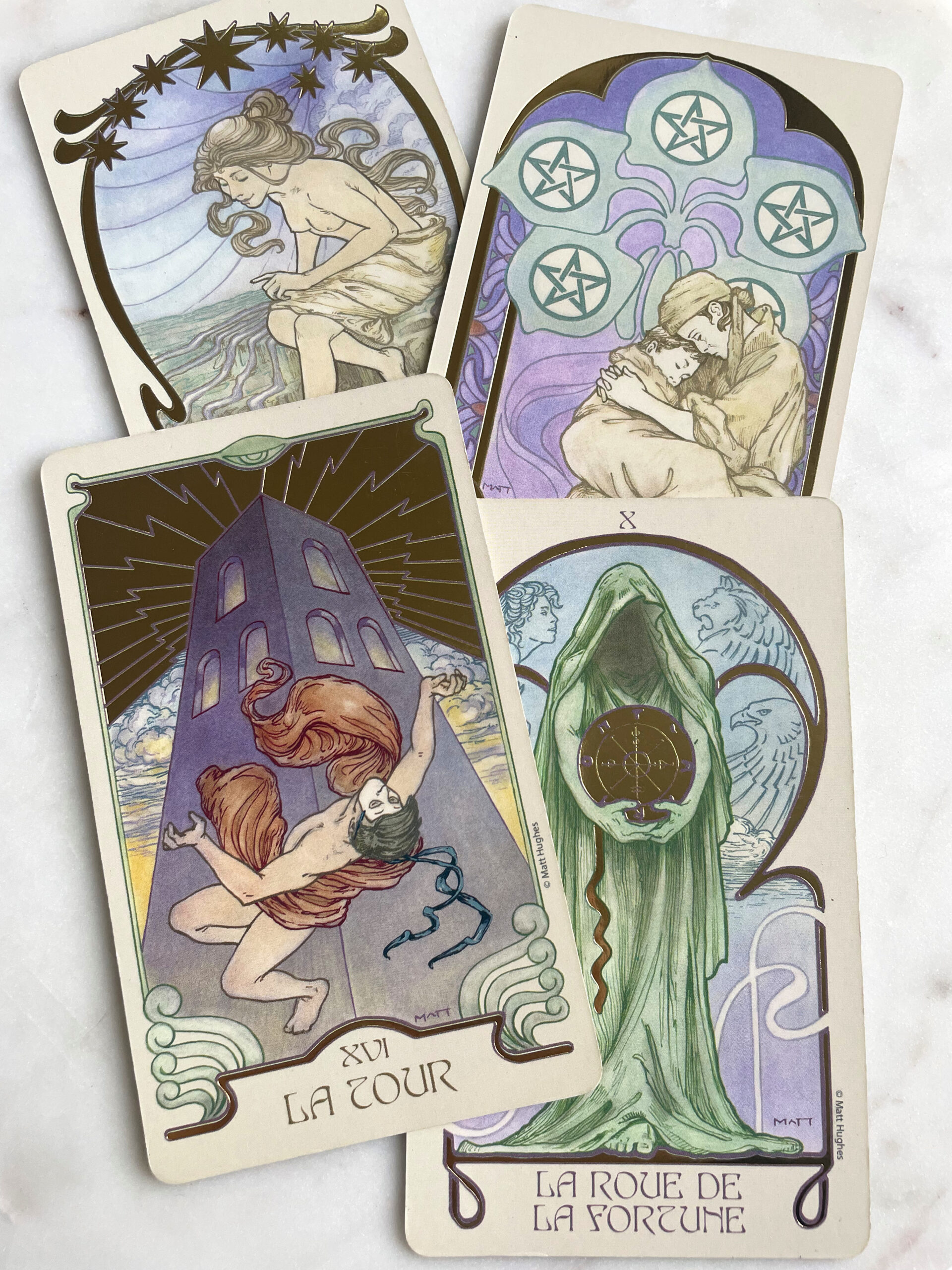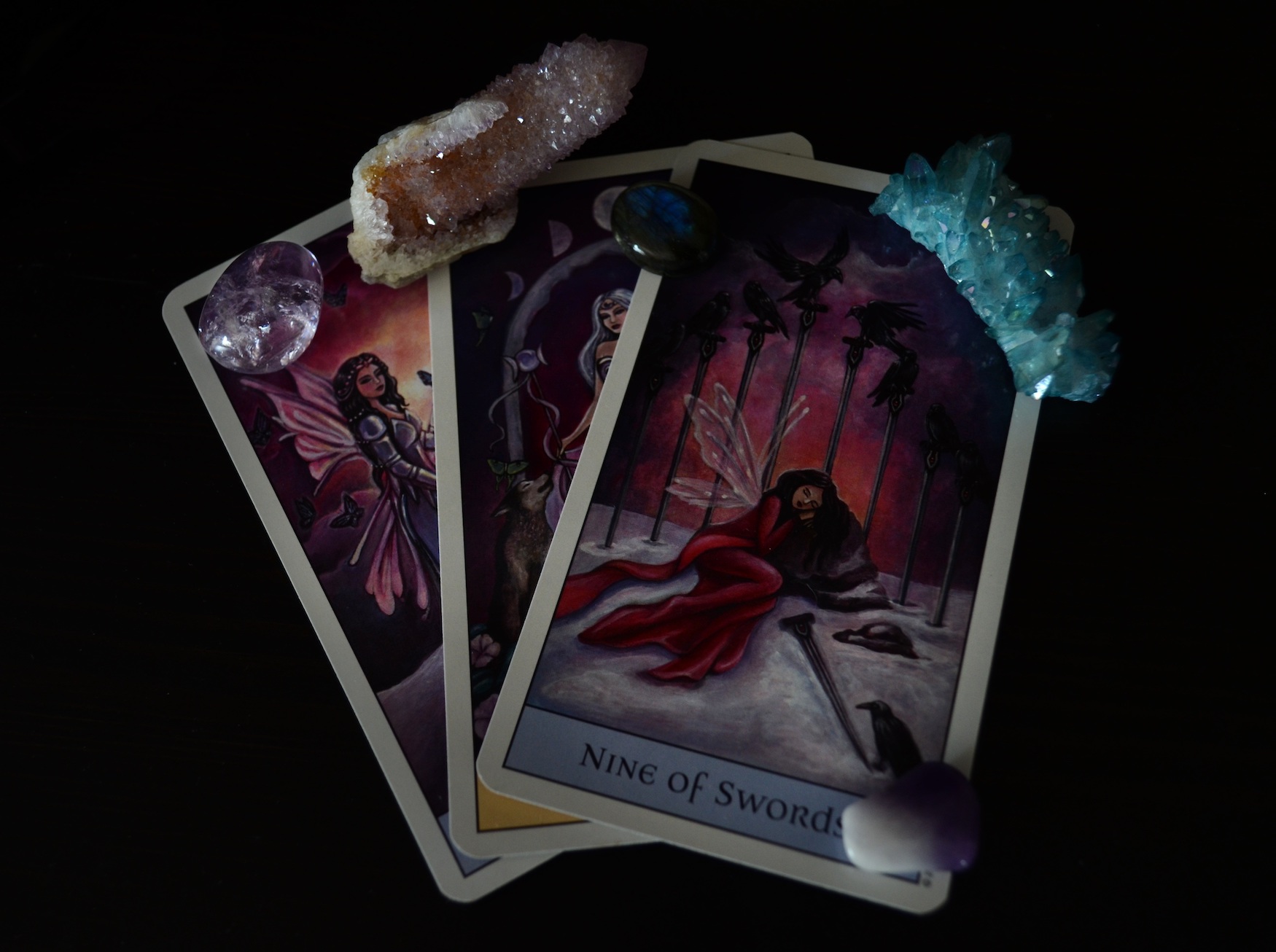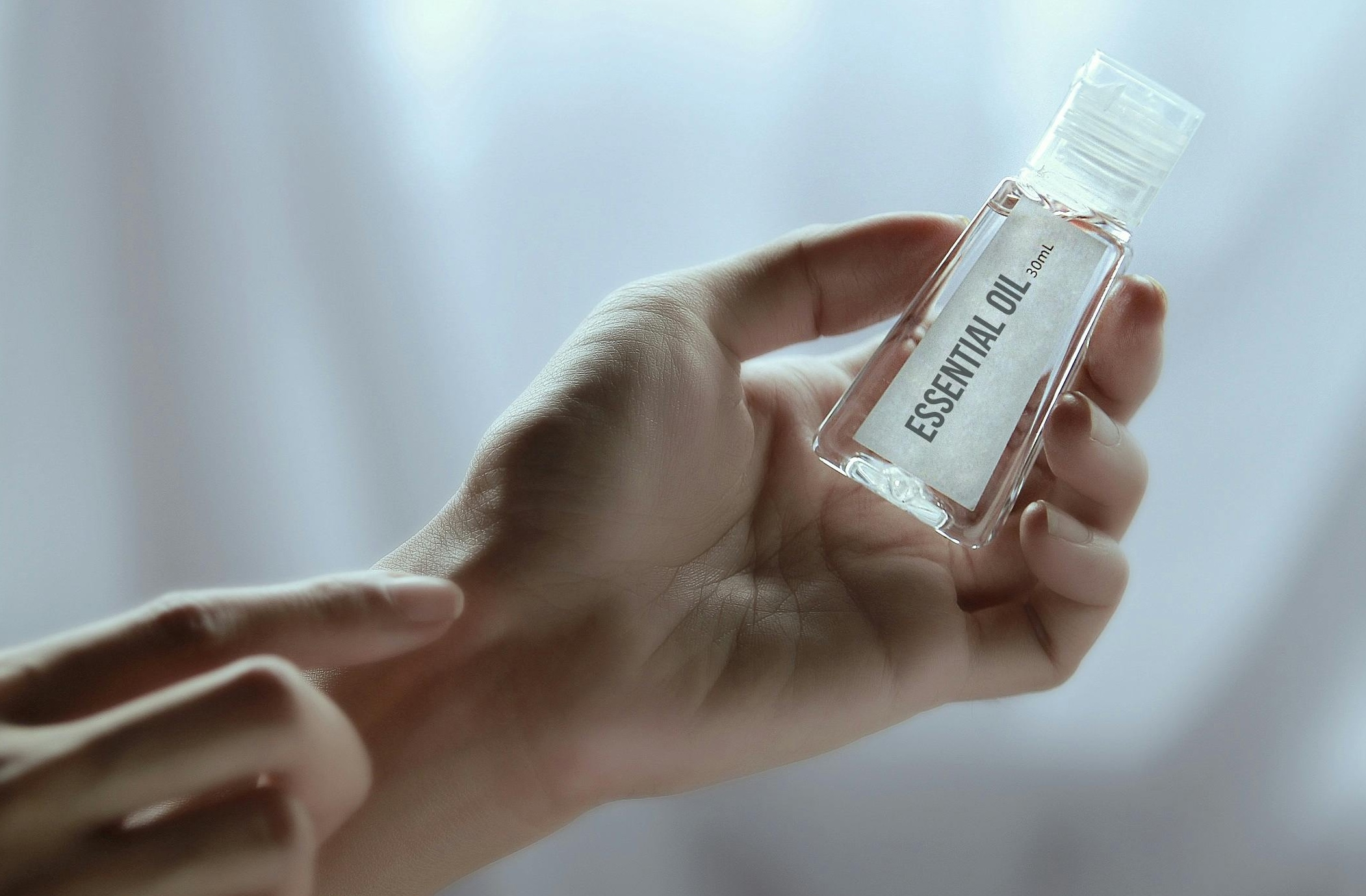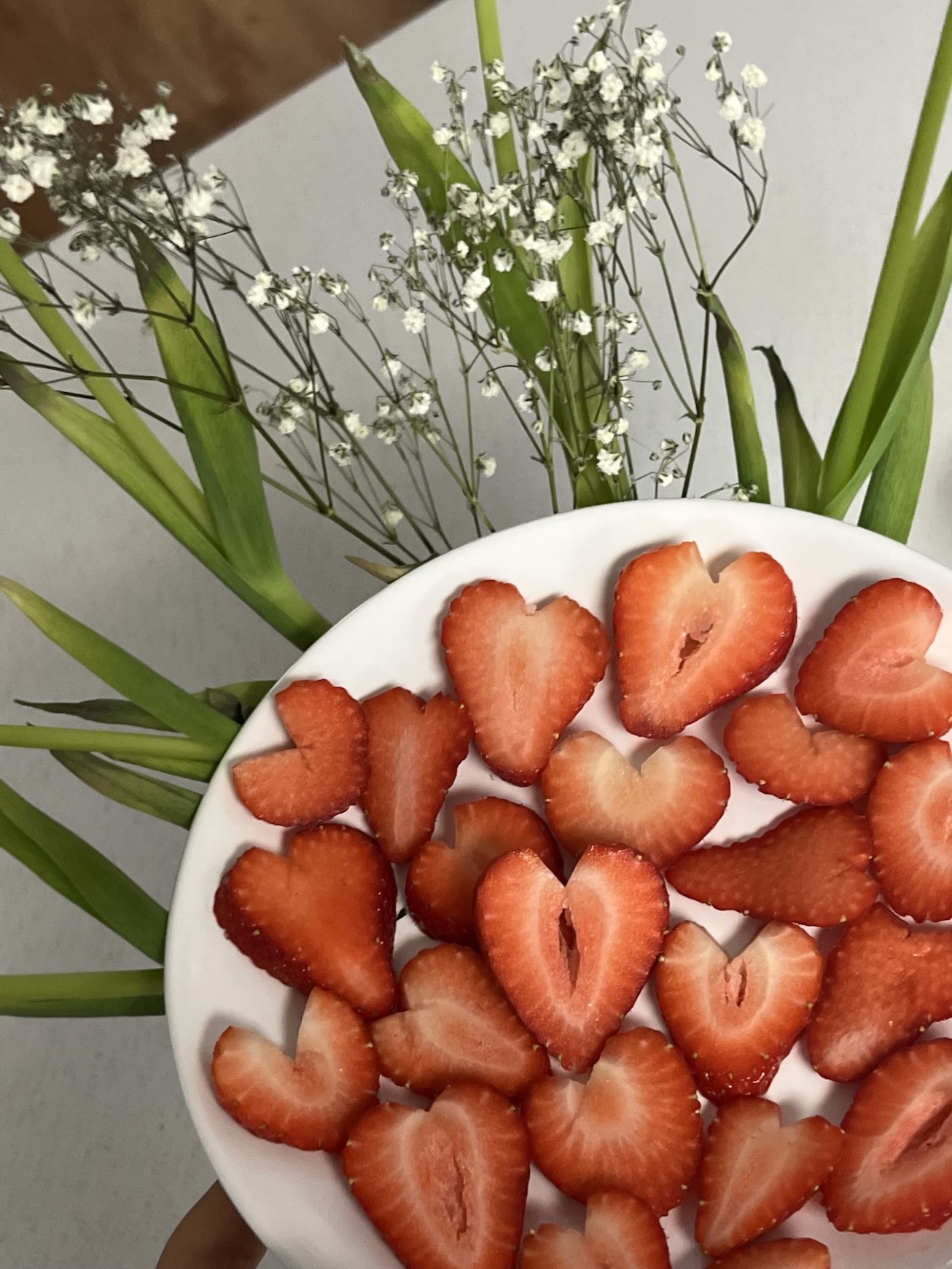Feng Shui, the ancient Chinese art of harmonizing with one’s environment, has more than just aesthetic benefits. It’s a powerful tool for emotional healing.
In today’s fast-paced world, maintaining emotional wellbeing is crucial, and Feng Shui offers an intriguing avenue for achieving this. Imagine transforming your living space into a sanctuary that not only looks good but feels good, nurturing your emotional health.
This article delves deep into the principles of Feng Shui and how they can be harnessed for emotional healing. Prepare to embark on a journey that combines ancient wisdom with modern living, creating spaces that resonate with positivity and peace.
Understanding Feng Shui Basics
Definition and Origins of Feng Shui
Feng Shui, literally meaning “wind and water,” is an ancient Chinese practice focusing on the flow of energy, or Qi, in the environment. Originating over 3,000 years ago, it was used to orient buildings in a manner deemed auspicious, balancing energies to ensure health and good fortune.
Today, Feng Shui has evolved, blending with modern interior design to create harmonious living spaces. Understanding its basics is key to applying its principles effectively for emotional healing.
Principles of Qi (Chi)
Qi, the life force in Feng Shui, is the energy that flows through everything. It’s believed that the quality and flow of Qi in our living environments directly impact our wellbeing. Feng Shui aims to balance and enhance this energy flow, creating spaces that promote harmony and positive vibes.
The Five Elements Theory
Central to Feng Shui is the Five Elements Theory, which classifies the elements—wood, fire, earth, metal, and water—into a system of interactions and balance. Each element represents different aspects of nature and, when balanced correctly, contributes to the harmonious flow of Qi.
Yin and Yang
Yin and Yang, representing opposite but complementary forces, are also fundamental in Feng Shui. The balance between these forces—soft and hard, dark and light, feminine and masculine—is crucial for creating a space that fosters emotional equilibrium.
The Connection Between Environment and Emotions
Our environment profoundly influences our emotions. Studies show that the spaces we inhabit can affect our mood, stress levels, and overall emotional health.
This is where Feng Shui steps in, offering a unique perspective on aligning our surroundings with our inner selves. By understanding the energetic imprint of our environment, we can use Feng Shui to craft spaces that not only look inviting but also feel emotionally uplifting.
Feng Shui’s approach transcends mere decoration. It’s about creating an environment that resonates with our personal energy, fostering a sense of balance and wellbeing. This harmony between our inner world and our external environment is key to emotional healing and resilience.
The Bagua Map: A Tool for Emotional Healing
The Bagua map is an essential tool in Feng Shui, acting as a guide to aligning your space with your emotional and spiritual needs. It divides a space into nine areas, each corresponding to different aspects of life, such as wealth, health, family, and relationships.
To apply it, overlay the map onto the floor plan of your home, with the entryway aligning with the bottom of the map. This tool helps identify areas in your home that need energetic adjustments to enhance emotional wellbeing.
Focusing on specific areas of the Bagua map can aid in emotional healing. For example, enhancing the family area might involve incorporating elements of wood and green colors, promoting harmony and growth in family relationships. Similarly, boosting the health area could involve decluttering and introducing earthy tones, fostering stability and balance.
Feng Shui Elements for Emotional Healing
Wood Element
The wood element, symbolizing growth and vitality, can be incorporated through plants or green colors. It’s believed to boost creativity and compassion, making it ideal for personal growth and emotional healing.
Fire Element
Fire represents passion and high energy. Using reds, oranges, or incorporating candles can ignite motivation and positive transformation, especially in areas of your life that feel stagnant.
Earth Element
The earth element symbolizes stability and nourishment. Using earth tones or terracotta can ground your emotions, creating a calming and nurturing atmosphere conducive to emotional healing.
Metal Element
Metal, associated with clarity and precision, can be brought in through metallic accents or white and gray colors. It’s especially helpful in creating mental clarity and focus.
Water Element
Water represents flow and wisdom. Incorporating blues, blacks, or water features can enhance tranquility and introspection, aiding in emotional processing and reflection.
Decluttering and Organizing for Positive Energy Flow
Clutter isn’t just a physical hindrance; it can be a major blocker of positive energy flow, according to Feng Shui. A cluttered space is thought to lead to a cluttered mind, impacting emotional wellbeing. The act of decluttering is not just about creating a tidier space; it’s about making room for new, positive energy to flow.
This process involves evaluating items in your environment and determining whether they bring value or if they’re simply occupying valuable space. Organizing your space effectively allows for a smoother flow of Qi, which in turn can lead to a clearer mind and a more harmonious emotional state.
This section of Feng Shui is about more than just minimalism; it’s about intentional living. By surrounding yourself with items that bring joy and serve a purpose, you create an environment that supports your emotional health. Simple changes like ensuring your entryway is clear, or your living space is free of unnecessary clutter, can make a significant difference in how you feel.
Incorporating Nature and Living Elements
Bringing elements of nature into your home is a key aspect of Feng Shui that can greatly enhance emotional healing.
Plants, in particular, are not just decorative; they’re living entities that can change the energy of a space. They bring in the wood element, promoting growth and renewal, and can also purify the air, contributing to a healthier living environment. Choosing the right plants is important; for instance, bamboo is known for its resilience and is thought to bring good luck and protection.
Natural light and fresh air are also crucial in Feng Shui. They’re sources of Yang energy, bringing vitality and brightness into your space. Opening windows to allow fresh air to circulate can help clear out stale energy, and maximizing natural light can uplift your mood and improve your overall sense of wellbeing.
Personalizing Your Space for Emotional Healing
Personalizing your space is about creating an environment that resonates with your unique emotional needs. Feng Shui is not one-size-fits-all; it’s about tailoring your surroundings to reflect your personal journey and goals.
This might mean creating a small nook for meditation or reflection, filled with items that have personal significance, like photographs, heirlooms, or mementos from happy times. These items not only add a personal touch but also serve as anchors for positive memories and emotions.
The importance of creating a sanctuary in your home cannot be overstated. This is your safe space, a place where you can retreat, unwind, and heal. Whether it’s a cozy corner with a favorite chair and soft lighting or a dedicated room for relaxation, this personalized space can play a pivotal role in your emotional healing process.
Daily Practices to Enhance Feng Shui for Emotional Healing
Embracing Feng Shui for emotional healing is not just about setting up your space; it’s about incorporating it into your daily life. Simple daily rituals can maintain and enhance the positive energy flow in your home. This could be as straightforward as opening your windows each morning to let in fresh air, spending a few minutes tidying up your space, or even rearranging a few items to refresh the energy.
Mindfulness and meditation are also powerful practices that complement Feng Shui. By cultivating a habit of mindfulness, you become more attuned to the energy of your surroundings and how they affect you. Meditation can be a tool for grounding and centering yourself, helping to align your personal energy with that of your environment.
For ongoing emotional healing, it’s important to regularly reassess and adjust your space. As you grow and evolve, so too should your environment. This ongoing process is what makes Feng Shui a living practice, one that adapts with you as you journey towards emotional wellbeing.
Feng Shui is much more than an aesthetic discipline; it’s a profound tool for emotional healing. Through understanding and applying its principles, we can transform our living spaces into sources of peace, balance, and emotional wellbeing.
This journey into Feng Shui is not just about rearranging furniture or decorating; it’s about creating a harmonious environment that reflects and nurtures your inner self. Whether you’re new to Feng Shui or looking to deepen your practice, the path to emotional healing through mindful living is both rewarding and transformative.
















